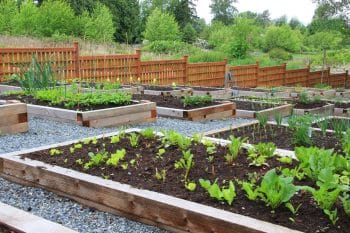 If you are trying to plant a vegetable garden that will thrive in the fall, it’s good to consider your choices and strategy before you begin the planting procedure. Some think that fall is not a season to plant crops, since winter is just around the corner. This simply is not the case.
If you are trying to plant a vegetable garden that will thrive in the fall, it’s good to consider your choices and strategy before you begin the planting procedure. Some think that fall is not a season to plant crops, since winter is just around the corner. This simply is not the case.
One of the best ways to take care of your lawn during fall is to plant a vegetable garden. Sowing the veggies will make you more attentive to your garden, and will help keep the soil rich in nutrients.
So grab some seeds and make way for the vegetable garden on your lawn!
Ideal Planting Season
The timeframe for planting fall vegetables actually begins around late July. Many vegetables can be planted in mid-September, right as the actual autumn season begins.
Some veggies have a short growing season, and will be ready as quickly as 6 weeks after planting. This goes for several popular leafy greens such as spinach, arugula, and several types of lettuce. Bulbous plants such as radishes and bock choy also grow quickly and enjoy fall weather.
There are also several vegetables that overwinter really well. This includes spinach and certain lettuces, as well as many root vegetables such as carrots and beets. These vegetables will stand the frost hardily, and give harvest at the appropriate time.
Planting Seedlings
Some choose to purchase veggies that have already sprouted, in order to get a bit of a head start. This is good planning if your fall vegetables are racing against the cool weather and shorter days.
However, if you begin with seeds or seedlings, it is essential to nurture them once they sprout. Water the seedlings every day and ensure the that they are getting adequate sunlight. You can also lightly aerate the soil a few weeks after planting, to provide pathways for incoming sunlight.
If you are planting in soil that does not have an abundance of nitrogen, you may want to use a nitrogen-rich fertilizer. Ryno Lawn Care offers Soil Rejuvenation services that can help ensure your garden’s soil is healthy and balanced. Our friends have Texas A&M have additional expert info on why it’s important to keep your soil healthy.
If you are planting vegetables that overwinter, it is especially important to keep them well-nourished before the first frost sets in. Plants that go dormant in the winter need to build up a store of food, just like animals that hibernate.
Ideal Fall Plants
Multiple plant families provide fall vegetables. The plants commonly grown during fall include cabbage, radish, brussels sprout, broccoli and beets. It is advised that these plants should be planted in sites that have already held plants from other families.
This is because the previous veggies will have deposited helpful nutrients into the soil. Visit our Fertilization Services homepage to learn how we can help keep your lawn and garden lush and rich with nutrients.
However, for this same reason, some choose to do a round of pesticide before planting fresh crops. This is because, if the fall plant seeds are sown in their original spots, chances are that the pest and weeds specific to these plants are still there. Growing the plants in such locations can revive those enemies that threaten the plant’s survival.
Hungry for more gardening tips? Read more about the Best Way to Water Your Vegetable Garden.
Conclusion
Growing fall plants requires concentration and management. Once you have grown plants, you must foster them if you intend to have a healthy harvest in the winter or next spring.
Fall plants are an excellent source to organize your lawn and keep it flourishing. Fall gardens can provide you with the motivation to sustain your garden despite the cruel winter.

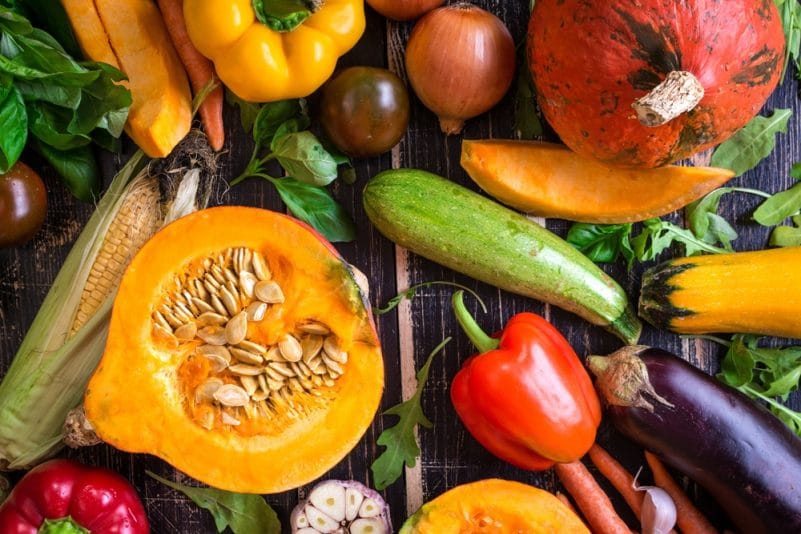

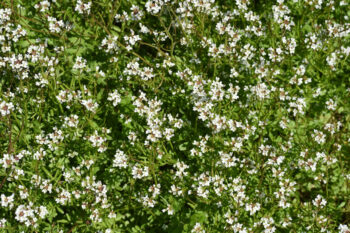
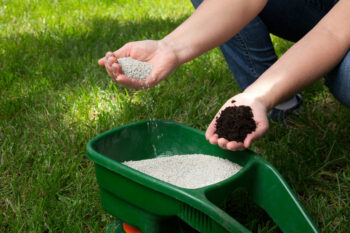
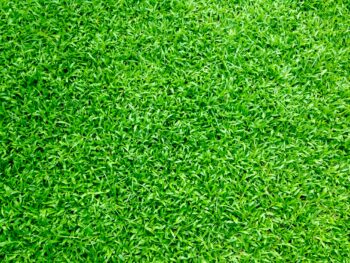
One Response
I love the idea of a fall garden!